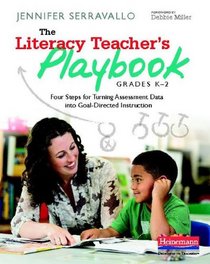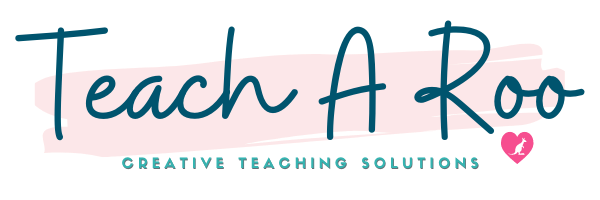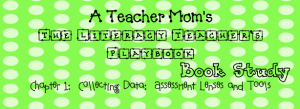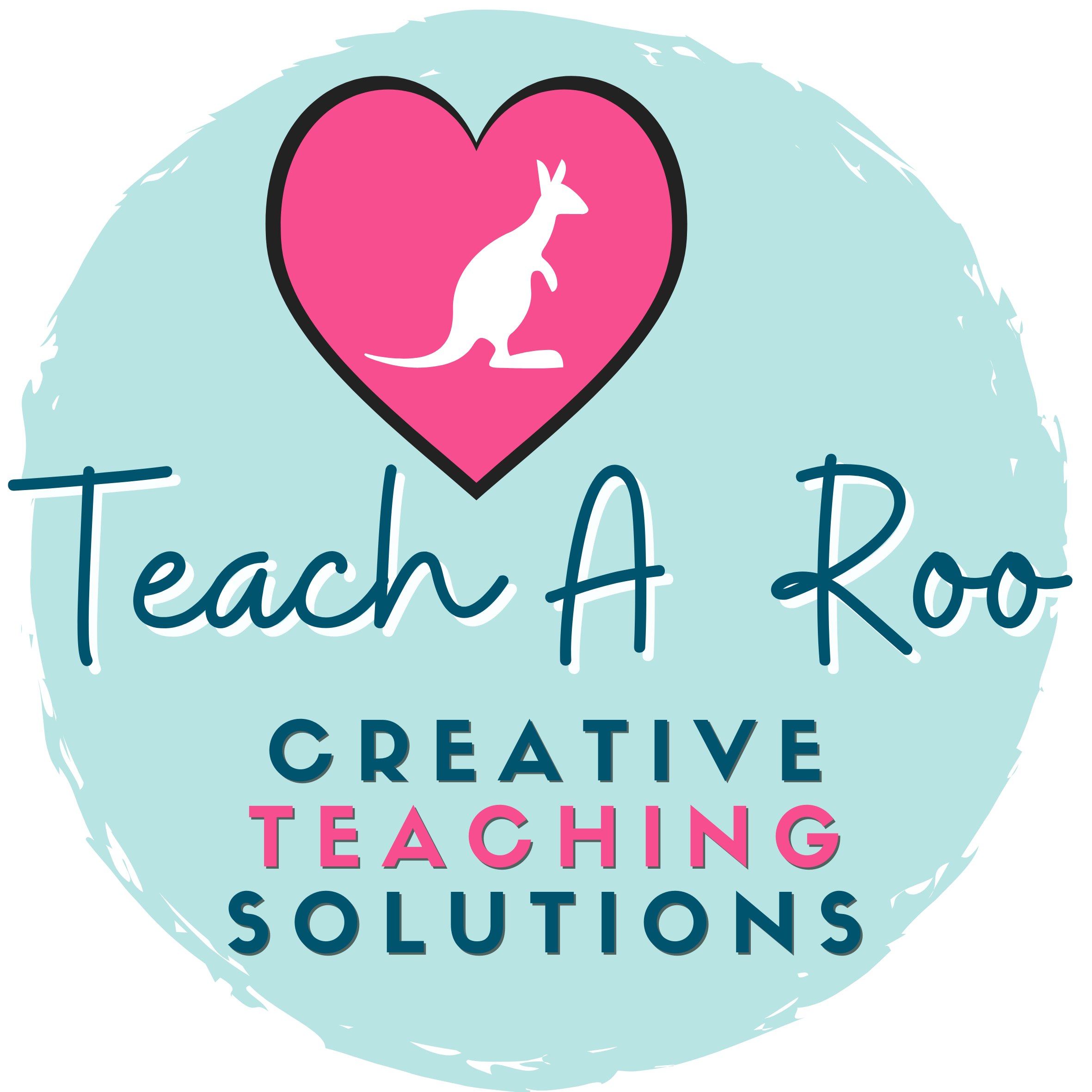Yes! I know, I know. I am a book study junkie. Today, I am happy to be linking up with Abbey, The Teacher Mom to talk about The Literacy Teacher’s Playbook.
We are reading the K-2 version, but there is a 3-6 version also available. So far, it is an easy read, and has been very relevant to me.

So let’s share!
Data, data, data… It is everywhere! It drives all of our instruction. We have data meetings, some schools in our district have data rooms, and I know someone who went on a data retreat. I get it. I really do. Let’s keep it real, though. It can be daunting. Having been in this profession for 20+ years, I have seen the pendulum swing back and forth several times, but never before has data been in the forefront, directing the show. It has cast us teachers into new roles and has forced us to look at instruction in different ways. I love that on the first page it is made clear that, “This book is about being empowered by assessment, not being bogged down by it.” Amen. Let’s go!
Chapter 1- Collecting Data
Seravallo breaks down assessment of young readers into 5 categories or “lenses”
-reading engagement
-reading fluency
-print work/decoding
-reading comprehension
-conversation
She also adds “writing engagement” and “qualities of good writing” to her assessment “lenses.”
Let’s start with engagement. Seravallo defines engagement as the reader’s motivation and desire to read AND their ability to read for a sustained amount of time. She cites research that proves students must read for long stretches of time with the right level of material. Enjoying their text adds to the engagement. I cannot tell you how sad this makes me because there is no time in my schedule for silent reading on a day-to-day basis.
My district uses a scripted reading program that allows very little time for silent reading. It does not give the children any choice in the books they read. I find this to be one of our greatest downfalls, and as a former librarian, one that is most heartbreaking. As directed by the reading program, we require the students to turn in a reading log which I find to be most ineffective. The children at my school have very limited resources and no public library nearby. I send countless of my own books home with them so that they have reading material to engage them and interest them in reading.
I like the idea of Serravallo’s engagement inventory. Standing back and watching the behaviors of the children or kidwatching- as she calls it, while they are silently reading for a period of time. In essence, collecting data on the behaviors of the kids. I am assuming that later on in the book, we will find out what to do with that information.
Next the author talks about collecting data for fluency. Fluency is just one of the puzzle pieces of developing readers. She recommends not only measuring how fast they can read, but also listening for parsing, or the ability to break up long sentences and use commas correctly when reading out loud. She also suggests assessing high-frequency words to help beginning readers improve their oral fluency. There are all kinds of these available on the Internet and I know I have used many before.
There is also a handy chart on page 14 for deciding when it is time to begin taking running records and moving children into leveled books. (I sticky noted this page! ) I haven’t used running records in a really long time. We generally assess reading level by using a multiple-choice test that is aligned with our reading program.
Collecting and assessing data for comprehension is really more in my wheelhouse. Being that I was an upper grade teacher for some time, this is where most of my experience lies.
The connection I made to this section of chapter 1 was where the author describes children being over metacognitive when naming comprehension strategies. I feel that we need to be cautious about teaching the process of how to understand a text or clarify a word, rather than actually letting the students describe things in their own terms. I find that sometimes when I pose a question, students will blurt out a strategy because they think that’s what I want them to say, but have a difficult time telling me how they got to that point. I have found without a good balance, I end up with a lot of “fake ” unengaged readers and very surface level responses.
The remaining part of chapter 1 is collecting data for writing. The author uses four qualities of good writing for assessment purposes. She uses the meaning, structure or organization, elaboration and detail, and conventions to assess writing. She says she applies these qualities to all genres of writing.
I am most familiar with using rubrics to assess writing. We use a rubric during reading to assess reading comprehension or early, written, and for strategy use.
So stay tuned for chapter 2, analyzing data. This is where we are going to take all of these inventories, running records, and fluency data and start looking at them in a different way. (I hope!)
Check out what everyone else is thinking about Chapter 1 and follow our linky:
http://new.inlinkz.com//
Happy reading!!



